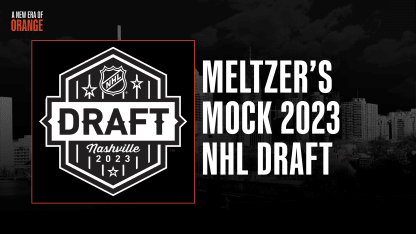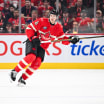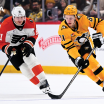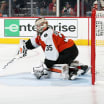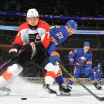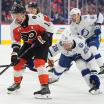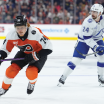The 2023 NHL Entry Draft is widely considered to be one of the deepest Draft pools in recent years, especially for forwards. National pundit Craig Button recently opined that he believes there are roughly 20 to 24 prospects available who, without too much of a leap of faith, have top-six forward or top-four defensemen upside if they develop as hoped. There are also the usual assorted sleepers who could surge in their post-Draft year after being selected beyond the first round.
Meltzer's 2023 Mock Draft
Flyers contributing writer presents a sample 2023 first-round Draft
